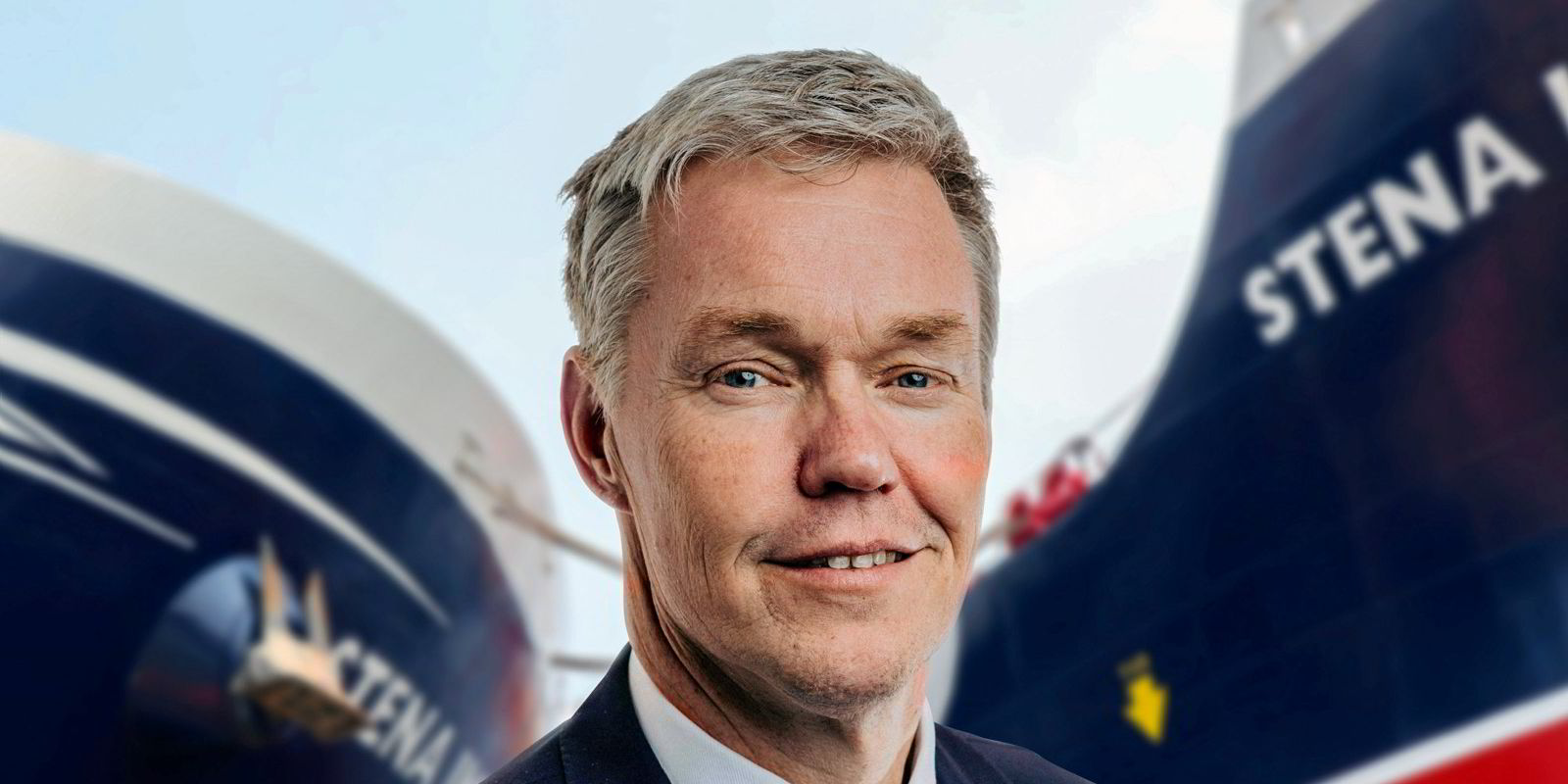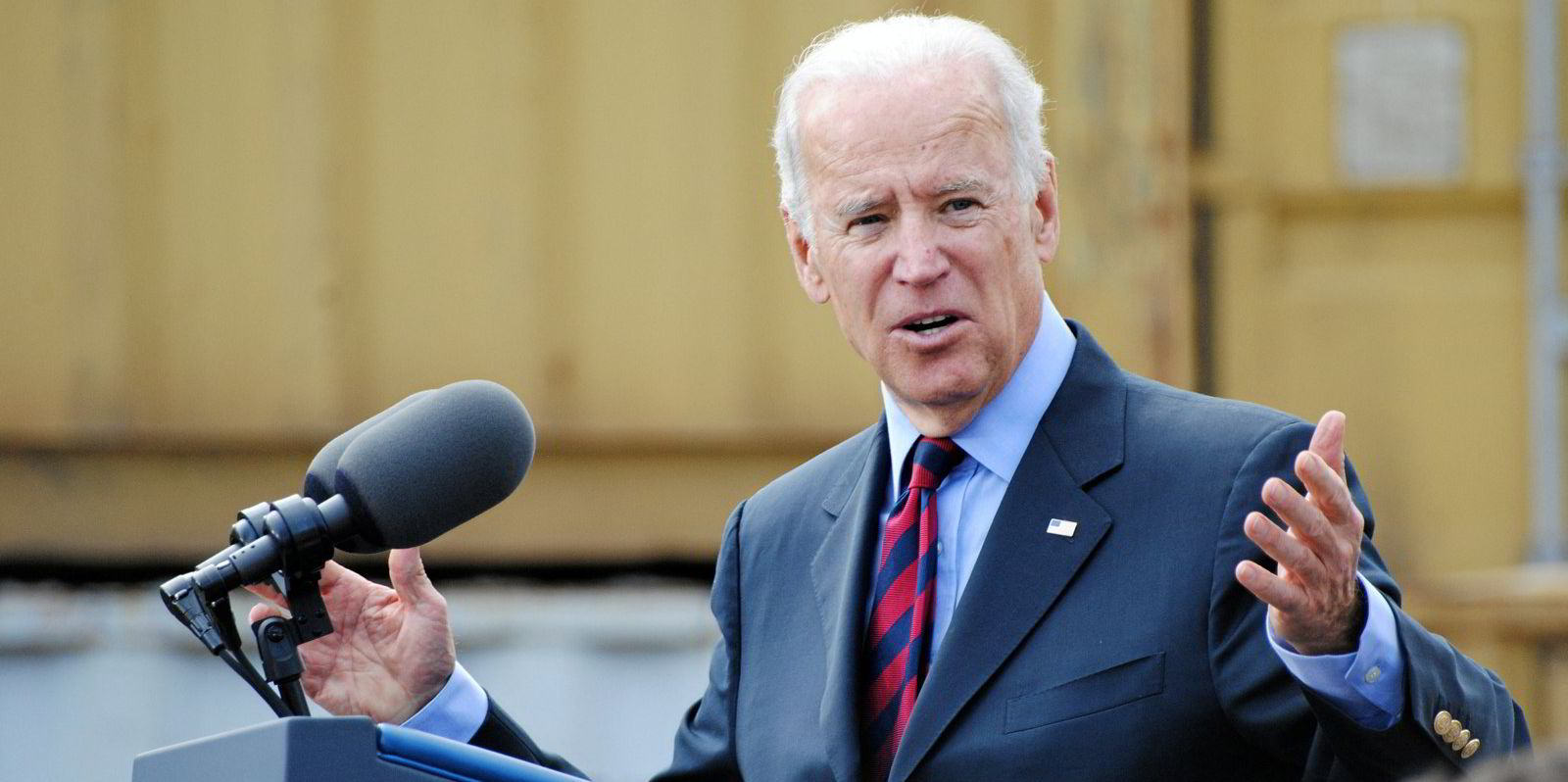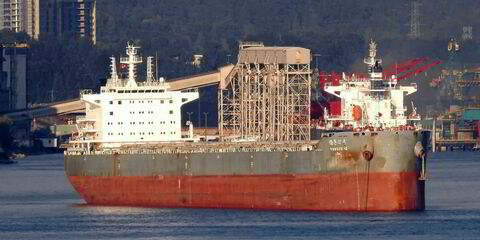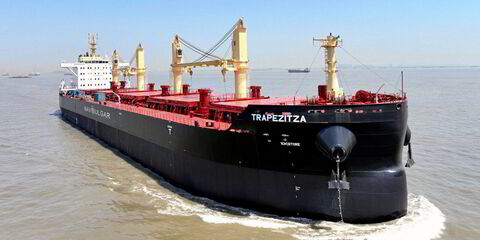The security situation in the Strait of Hormuz is the same as it was nearly four years ago when a Stena Bulk tanker was boarded and seized by Iranian forces, chief executive Erik Hanell said.
Speaking at an event at Sweden’s Donso Shipping Meet, Hanell attributed the rise in tensions to deteriorating relations between the US and Iran, marked by tit-for-tat ship seizures earlier this year.
“In 2019, it was a quite big challenge down there and we saw the security landscape and the tension go up there for some six to eight months,” Hanell said at the event, held in one of the island’s churches.
“We are more or less back to the same situation again.”
The US and Iran have been at odds since 2018, when then US president Donald Trump pulled out of an agreement with Iran that saw sanctions lifted in exchange for limits on its nuclear programme.
The deterioration of the agreement saw the US redouble its sanctions efforts with a so-called “maximum pressure” campaign on Tehran that has reportedly failed to stem the flow of Iranian crude.
In one of the highest-profile incidents, the 49,700-dwt Stena Impero (built 2018) was taken by Iranian Revolutionary Guard Corps forces in apparent retaliation for the UK seizure of the 301,000-dwt Grace 1 (built 1997) in Gibraltar under suspicion it was carrying oil destined for Syria.
Syria was, and remains, under sanctions from the US and European Union.
While Stena Bulk is a privately owned company based in Sweden, the Stena Impero flew the UK flag.
The latest incident saw the US seize the 159,000-dwt Suez Rajan (built 2011) in April followed by Iran’s capture of the 159,000-dwt suezmax tanker Advantage Sweet (built 2012).
The US has unloaded the cargo from the Suez Rajan and offloaded it in Houston. It is expected to be auctioned.
This time around, Hanell said Iran has been more active, pushing its area of operations south.
“Three or four years ago when we had the latest increase in the tensions, they were operating quite close to Iranian borders,” he said.
“[Now] they’re operating all the way out to more or less outside the southern part of Oman, if they have a need to do so.”
When the Stena Impero was seized, Hanell said Stena Bulk and various governments had a good relationship with Iranian elected officials “but with the Iranian Revolutionary Guard, it was something different”.
The Adrian Darya 1, then known as the Grace 1, was released in August and eventually did turn up in Syria.
From there, Hanell said there were several rumours that Iran would free his company’s ship, but it was not until 27 September that the tanker was freed.
“We got to see the crew and the ship and it entered dry docks 24 hours later,” he said.
“I would say, after all, it was a good ending, but of course a lot of very tough situations at the time.”





